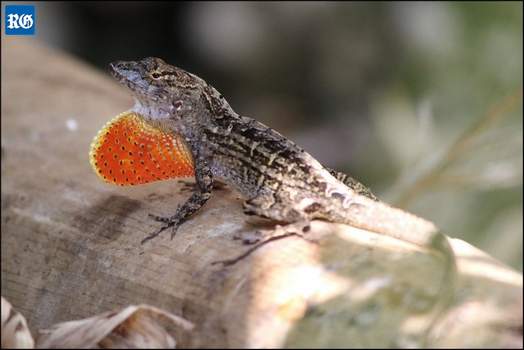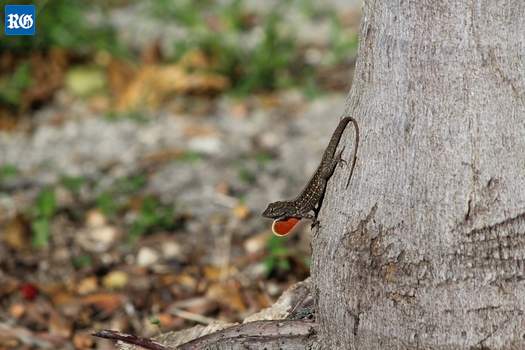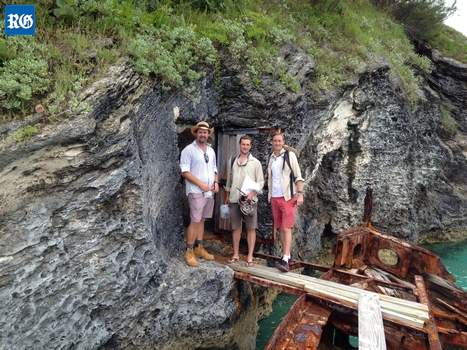Recent News
Bermuda Zoological Society To Hold Shark WeekTuesday, June 01, 2021
As part of the World Ocean Day celebration, the Bermuda Zoological Society [BZS] will be hosting the “Shark Week” virtually from June 7th-11th.
New generation of coconut palm trees planted at BAMZ
Wednesday, May 12, 2021
A new generation of coconut palm trees have been planted around the Bermuda Aquarium, Museum and Zoo.
BZS Plants Coconut Palms In Flatt’s Village
Wednesday, May 12, 2021
Winnie celebrates 103rd birthday with a tree planting
Friday, April 16, 2021
Centenarian Winnie Oatley celebrated her 103rd birthday by planting a cedar tree at a nature reserve,
Winnie Oatley Plants Tree For 103rd Birthday
Thursday, April 15, 2021
Winnie Oatley recently celebrated her 103rd birthday by planting a cedar tree on Trunk Island in Harrington Sound, the Bermuda Zoological Society’s [BZS] “Living Classroom”.
About
GovernanceAbout Us
Newsletter
Latest News
Gift & Bookstore
Contact
General Inquiries
info@bzs.bm
Latest News
All the latest updates and news from the Bermuda Aquarium, Museum, and Zoo, one of Bermuda's leading visitor attractions!
Jonathan Bell
Published Nov 2, 2017 at 8:00 am (Updated Nov 2, 2017 at 6:05 am)

The brown anole lizard in Bermuda (Photograph by James Stroud)
Bermuda’s endangered skinks are soon to cross paths with a thriving invasive species that already outnumbers the entire native population.
James Stroud of Florida International University said the brown anole lizard had been recorded “living in some of the highest densities of any terrestrial vertebrate on Earth”.
Dr Stroud’s report was shared with The Royal Gazette in the wake of an article on the lizard’s spread after the reptiles were spotted around Aberfeldy nursery in Paget.

The brown anole lizard in Bermuda (Photograph by James Stroud)
Other clusters of the foreign lizard were found on the grounds of Belco and a lumber yard at Mill Creek, both in Pembroke.
The report, with Sean Giery from North Carolina State University and Mark Outerbridge from the Department of Environment and Natural Resources, “conservatively” estimated there were 4,000 to 5,000 of the lizards on the island — dwarfing a total skink population of 3,500.

Researchers on Nonsuch Island: from left, Mark Outerbridge of the Department
of Environment and Natural Resources, Sean Giery from the University of Connecticut,
and James Stroud of Florida International University (Photograph supplied)
The two species overlap “substantially” — both lizards prefer to stay on the ground, and eat the same ground-dwelling insects and spiders.
The scientists estimated that contact between the species might occur in less than ten years.
Brown anole numbers appear to reflect “an initial stage of invasion, and prior to exponential growth” — meaning the lizards could become a familiar sight around the island.
The brown anole, which is originally from the Caribbean, has spread around the world — partly because the lizards are popular as pets.


